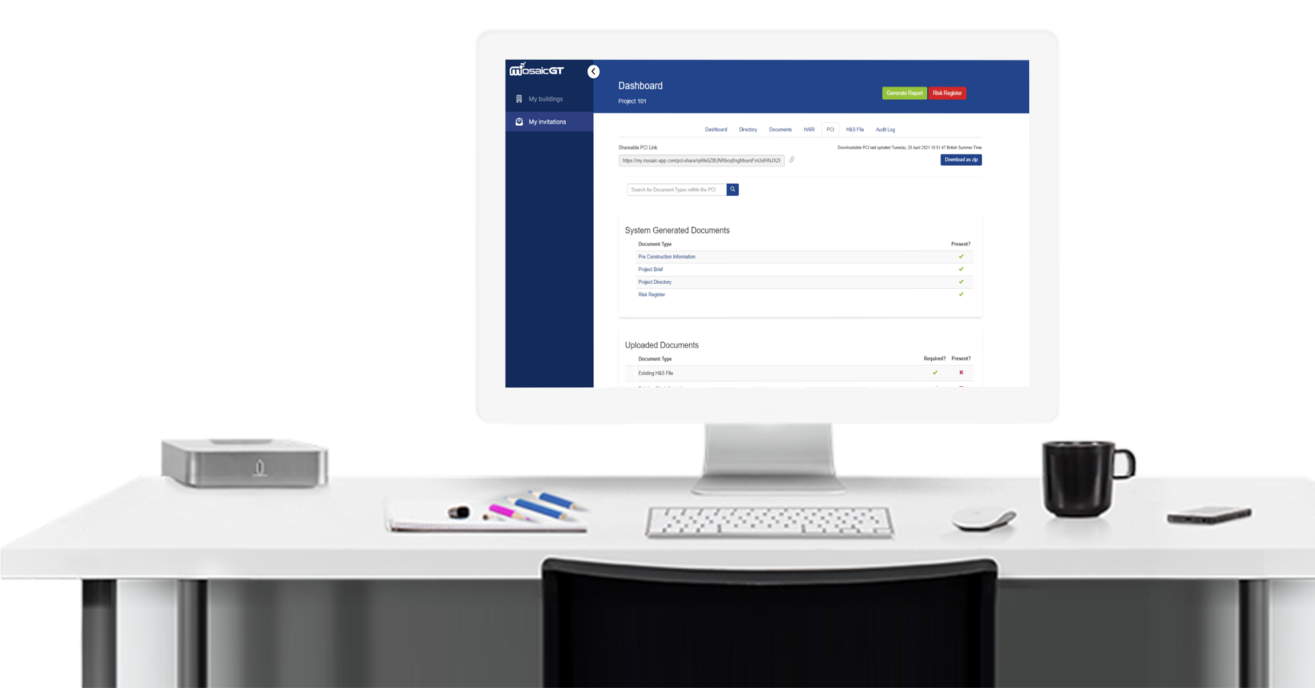Our Blog


Modern buildings are no longer just physical structures. They are digital environments run by connected systems and smart devices. These systems manage air conditioning, lighting, access control, and fire alarms. They make buildings safer and more efficient, but they also create new risks. If secure systems fail, the result can be disruption, reputational damage, or even danger to life.
The Building Safety Act introduced the idea of the Golden Thread, which makes accurate and secure data central to compliance. Protecting this data means protecting the safety of the people who use the building. Building safety cybersecurity is now as important as physical security or fire protection.
The Golden Thread requires that key building information be captured, stored, and kept up to date. It includes records such as design files, safety checks, and compliance logs. For this system to work, data must always be accurate and available.
If cyber attacks corrupt or lock this data, safety and compliance both suffer. Ransomware attackers could block access to essential safety records. Weak points in the supply chain could allow hackers to steal or alter information. In either case, the building is left exposed.
Tools like MosaicGT’s app help store and manage compliance data in an organised way. But even the best tools depend on secure systems. Without proper security measures, the Golden Thread cannot be trusted.
Many building functions rely on digital networks. If targeted, they can become points of failure:
Because these systems are connected, one breach can spread across the network and affect the wider building.
Smart buildings increase efficiency but also increase risks. Some of the main threats include:
The impact of these threats goes beyond IT. They can affect the safety, security, and well-being of everyone in the building.
UK regulations are adapting to meet these risks:
Failing to comply can lead to fines, reputational damage, and higher insurance costs.
Owners and managers need a clear plan to keep their data and systems safe. Some of the most important steps include:
Identify where your systems are vulnerable. This includes building management systems, access control systems, and IoT devices. Assign responsibility for managing each risk.
Segment systems so that a breach in one area cannot spread across the building. Use firewalls, monitoring tools, and intrusion detection to keep secure systems safe.
Add extra layers of protection for all users who access building functions. Limit permissions so staff can only access what they need.
Outdated systems are easy targets. Apply software updates and replace legacy systems before they become a risk.
Most cyber incidents start with human error. Teach staff how to spot phishing attempts and follow security protocols.
Prepare for cyber incidents in advance. A clear plan should include how to contain the problem, restore services, and access backups of Golden Thread data.
Make sure contractors and suppliers meet security standards. Set minimum requirements in contracts and limit external access to critical systems.
These measures strengthen both safety and compliance, ensuring that critical data remains protected.
Retrofitting security into existing systems is often expensive and incomplete. A better approach is to design modern buildings with cybersecurity in mind. Cyber-informed engineering means building safety systems are secure from the start.
This involves cyber risk assessments during planning, secure architectures for building functions, and compliance built into design. It reduces costs in the long run and provides stronger protection.
Smart buildings will only succeed if their systems remain safe. Building resilience at the design stage is the best way to ensure this.
Cybersecurity is not just a compliance issue. It also makes business sense:
Cyber threats are business risks as well as safety risks. Managing them is essential to long-term resilience.
Cybersecurity and building safety are now inseparable. Protecting Golden Thread data means protecting both compliance and lives. Modern buildings rely on digital systems, and when those systems fail, safety is compromised.
By carrying out cyber risk assessments, applying strong security measures, and preparing an incident response plan, building operators can protect both data and people. Supply chain security, multi-factor authentication, and secure systems must be part of everyday management.
Looking ahead, smart buildings must be designed with resilience built in. Cyber threats will not go away, but with the right measures, they can be managed. Compliance tools such as MosaicGT’s app show the importance of structured data management, but true protection depends on embedding cybersecurity into every level of building safety.

Your Home, Your Safety: A Vital Campaign for Building Safety In an ever-evolving world where safety concerns are paramount, ensuring the security of our homes becomes increasingly crucial. The UK government’s Health and Safety Executive (HSE) has launched an impactful campaign titled “Your Home, Your Safety,” aimed at empowering residents to take proactive measures towards… Continue reading Your Home, Your Safety: A Vital Campaign for Building Safety
read more
In recent years, the discourse around building safety has gained significant traction, particularly in the UK, following tragic incidents such as the Grenfell Tower fire. As part of ongoing efforts to enhance safety standards, the UK government has introduced the Building Safety Golden Thread initiative. This groundbreaking approach aims to establish a comprehensive framework for… Continue reading Unlocking the Golden Thread: Ensuring Safety in UK Buildings
read more
The Building Safety Act of 2022 stands as a landmark piece of legislation, representing a significant milestone in the ongoing quest for safer, more resilient built environments. To truly appreciate the impact of this act, it’s essential to delve into its history, tracing the evolution of building safety regulations and the critical events that paved… Continue reading The Evolution of Safety: the Building Safety Act of 2022
read more